|
WatersToday would like to thank our outgoing board members, Kortney Moore, Leah Rieger, and Maripa Abella-Davison. We are so grateful for your many years of hard work and your positive attitude, especially given the unusual challenges of the last eighteen months. We look forward to working with you in new ways in the coming year!
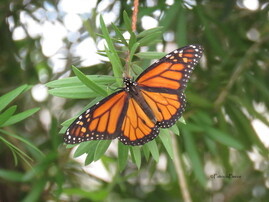 There still spaces available in Mrs. Vecchioni's Milkweed and Monarchs Camp. Open to current kindergarten-4th grade students, the camp runs either July 12-15 or July 19-22. Find out more or sign up here!  Survey Open Through June 30 Help WatersToday reflect on this school year and plan fundraising and volunteer efforts for the upcoming one by filling out this survey. Survey responses are anonymous. We appreciate your feedback!  For our last Teacher Feature of the school year, we tapped 8th grade siblings Cece and EJ Barlow to interview their beloved Kindergarten teacher, Leticia Ramos—talk about a full-circle moment! Before we dive in, a bit of history: Mrs. Ramos has been working with CPS for 20 years, teaching for 16, and nurturing little minds at Waters (where she's taught both 1st grade and Kindergarten) since 2008. Cece and EJ: Do you have any memories of our Kindergarten class? I (EJ) remember making a tree out of pretzels for the 100 day celebration, and I (Cece) remember the ice cream party at the end of the year. It seems so long ago! Mrs. Ramos: I love making lasting memories for the students to treasure! I remember all of it: We had reading buddies, built gingerbread houses and invited grandparents to our classroom to share their holiday memories, made green eggs and ham, and watched caterpillars transform into beautiful butterflies. We then released them into the garden. What are your favorite graduation traditions at Waters, for both the kindergarten class and the 8th graders? I really enjoy seeing the students take pictures in their cap & gowns. I especially love the t-shirts the Kindergarten students create and get to wear on their last day of school. It warms my heart when I see students in older grades still wear their shirts to school. It's such a great keepsake to have, hopefully you still have your shirts. Does time move really quickly for you? It must feel weird to have a class for kindergarten and then all of a sudden they're going to high school! When we look at the kindergarteners it's hard to believe we were ever that small! Time does move really quickly and we must remember to treasure each moment. My 1st class of students at Waters has just completed their 1st year of college. Having a 25 & 13 yr old is a good reminder for me to know how fast time just passes by. I enjoy seeing all of my previous students in the hallway, they will always have a special place in my heart. Has Waters changed a lot in the last 9 years? When I started working at Waters, they were still building the annex and we had new swales and a field to enjoy. It has continued to grow and thrive. We had playgrounds installed which have now been replaced with a beautiful addition. I watched as the pizza oven was created and took part in the mosaic mural installation at the front entrance of the school. We have had some challenging years at Waters, but it continues to be a wonderful place to be a teacher. I have great colleagues and a supportive administration, and every year I have the best students and families. So what has stayed the same is my appreciation for being a part of the Waters community! What do you love most about teaching at Waters? I truly love working with kids. I love their curiosity and love of learning. I love watching their eyes light up when they realize they can read. Kindergarten provides the foundational skills they will use throughout their lives and I love being a part of that process. Every student that has ever crossed my path is the number one reason for what I do. Did you know in high school that you wanted to be a teacher? Being a teacher has always been a dream of mine. I remember being 8 or 9 and playing school with the neighborhood kids, they were all my students back then. Being a teacher has allowed me the opportunity to become a lifelong learner. Speaking of high school, where did you go? I went to Madonna High School. It was a Catholic all girls school that no longer exists. My 2 sisters and I all went to the same high school. I grew up in Albany Park and my home school was Roosevelt, but my parents wanted all of their daughters at the same school. What were some other professions you were interested in? I briefly thought about being a travel agent or airline stewardess because I love to travel and thought that would be the best way to visit new places. Ok, final question: What's your biggest piece of advice for us as we leave Waters? Always remember where you started. Your educational path will lead to many adventures including hurdles and victories, so own each moment as it will prepare you for the future. Have fun, show respect and be kind. Please come back to visit me--I will always be here to listen. Thanks for answering our questions and for being the first teacher we ever had at Waters!! And from all of us at Waters Today, thank you so much to everyone who has participated in Teacher Feature this year. We've had so much fun getting to know some of the many wonderful people who make our school so special, and we look forward to sharing more interviews next year. Happy Summer! 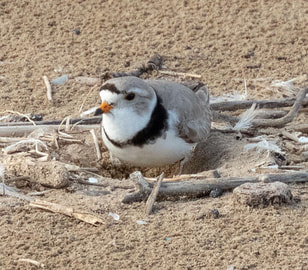 There is still room for a couple of more families to join the Party for Plovers with Mr. Leki and Nature Museum educator, Sarah. For a $10 donation, you can choose either experience: -Tuesday, June 15 from 7-8p: Virtual Monty and Rose Documentary Screening -Saturday, June 19 from 9-11a: In-Person Field Trip to Montrose Dunes Mr. Leki will share how Waters students were part of the coalition advocating for the plovers and biodiversity along the lakefront. During the family field trip we'll go on a fun nature walk to discover and observe plants and animals, including Monty and Rose, the pair of piping plover birds! Email Sarah, oliver1824@gmail.com, with any questions or for more information. Link to register: https://one.bidpal.net/bignightathome/browse/fixedPrice(details:item/66) Link to documentary: https://www.montyandrose.net/  One of the highlights of the pandemic was watching our new nature play space (funded by your donations to WatersToday) come to life at Waters. To celebrate its completion, we sat down with Alex Enarson, the designer, builder, and natural playspace extraordinaire behind the magic. WT: Natural playscapes are kind of your thing, right? How did you end up in such a cool little niche of the construction world? AE: I've always been a designer-builder at heart. When people ask what I do, I like to say 'I turn stuff into things' and leave it at that. I've built a lot of furniture, and for years I operated a small urban sawmill in the city, processing urban tree waste into lumber. Two prior jobs really influenced me: I worked at Rebuilding Exchange, a not-for-profit warehouse for salvaged building materials, where I gained a huge appreciation for working with 'waste' products, and with Bubbly Dynamics, the social enterprise developer behind adaptive reuse projects like the Chicago Center for Sustainable Manufacturing and The Plant. Eventually I connected with NeighborSpace, a NFP land trust dedicated to protecting and preserving community garden spaces across the City. I've worked with NeighborSpace for years now, and it was this partnership that pushed me into the playscape world. Building outdoor spaces for children (and adults, and everyone in between!) united my interests in salvage materials, reuse, construction, design, and shaping social space. Last year I became a vendor with CPS at the request of parents at Alexander Graham Bell School, where I did a small playscape project. I've also worked at the Velma Thomas early childhood center in McKinley park, and now at Waters. I also helped found and run a forest school / outdoor free play social enterprise called Fraternal Forest, which has had a huge influence on how I think about play and how I build. It's been a wild ride! But yeah, it's basically my dream job. Wow—that’s quite the path, and we’re glad it led you to Waters! What’s the benefit of having a natural play space, whether on its own or in addition to a more traditional playground? This is a huge topic, and I could talk for hours on it! I have heard traditional playgrounds described as 'K-F-C': kit, fence and carpet. You are basically building some sort of climbing structure (the kit); a fall-rated surface (the carpet, which is often made from recycled rubber tires that are shredded, dyed, and bonded with epoxy); and a fence—to keep the kids in, of course! The equipment tends to be fixed, programmatic and literal-minded: "this is a boat, sail on it" or "this is a castle, go be a princess up there." There are lots of reasons that this has happened. In addition to the prescriptive nature of traditional playgrounds, they are built to conform with an elaborate set of safety codes and standards that actually originated from OSHA—how does that make sense?! So rather than providing a fun, engaging space for kids by eliminating hazards while allowing acceptable risks, we 'build to code' and attempt to prevent every little accident. The problem here is that accidents on a playground do not lead to 'lost production' or 'inefficiencies'—they lead to learning! Learning to climb, learning to balance, learning about texture and grip and slip and all those things. In fact, quite paradoxically, engineering as much of the risk as possible out of a playground leads to more injuries, as compared to kids playing in the woods, or in a 'nature play', 'adventure play' or 'playscape' setting. Natural play spaces give kids space to play and room to roam, which encourages them to organize their own enjoyment: inventing games, playing with social relations, adapting loose parts and natural objects to imaginary situations. It’s hard to do this in a traditional playground, but very easy and fun in a stick park! That’s true! How did the design process work for this particular project? My design process always begins with community input. At Waters, I tried to listen to different voices and ideas around the evolving outdoor space—plants vs kids vs new construction!—but once we are decided on the location and footprint for the build, the landscape and available materials largely guide the design. I work with existing plantings and patterns of use to try and shape a space without imposing a rigid, fully-rendered design on it. Much of the cost of traditional landscaping (not to mention traditional playgrounds!) comes down to earth moving and excavation. If you insist on building up from a 'blank slate,' then the first thing to do is to scrape everything clean, set the grade, and build from there. This approach has its advantages, but it is very expensive, wasteful and disruptive—you're basically throwing everything away and starting from scratch. Instead, I try to 'graft' on to existing landscape features, and work with the space instead of against it. I workshopped the four features I wanted to build pretty intensively, but when you're working with natural materials there is always going to be a large degree of improvisation. And things will change as the work progresses—a good build will always respond creatively to site conditions. I was asked to make use of the giant ash logs which had been felled on the parkway a few years back, so I worked those into the design of the log arch and snake. In a cursory Google search of natural play spaces, the term "play anchor" comes up again and again. That’s sort of like the piece de resistance of the space, right? For sure. You can think about play anchors as 'nodes' or centers of activity. They are meant to bend and concentrate social space in interesting ways. With fixed, traditional playgrounds, the anchors tend to be pretty prescriptive: ‘This is a ladder, climb it! This is a slide, slide down it, but do NOT climb up it!’ In a natural playscape, a good anchor will offer a few different affordances for people: a high point to climb and see from, a platform to play/sing/dance/nap on, a place to gather, a place to hide, and so on. They are much more open-ended: Is that funny deck a stage? Or is it a wave? A spiral? A nautilus shell? A boat? A UFO? The options are endless. Play anchors are great, but without connection and flow between then you end up with a lumpy space made of more or less fancy objects that do not interrelate, and this is a real pitfall. Circularity and the visual / social interest that arises between features is the thing which, for me, differentiates a so-so playscape from a fantastic one. Are there any other elements that you always like to incorporate? Oh there are too many! It's always hard to choose, given limitations of time and materials and budget. I always try to work in a 'high place', which is just what it sounds like: something to climb on top of and just get a new perspective. This doesn't have to be sky high, either. When you're seven, standing on something 3' above grade is a huge change of view, and it can be quite powerful. Even adults can still enjoy this feeling! I encourage you to go climb a tree, or dance on a table or whatever it takes to get your head up above where it usually lives. I love platforms, decks and stages as well. They offer something for everyone, and if they are sited correctly, they can really soak up the sun while drawing people together on a late summer evening, a quiet fall day, or a crisp spring morning. Also, more practically, everyone appreciates a place where you can sit down, pile stuff, or change shoes or muddy clothes. I also love building hills, even if it's just a giant pile of mulch. Chicago is flat, and hills are great! Kids, like cats, love to play the gravity game, whether it's pushing stuff (friends, stumps, little brothers) down or defending the top. A mulch hill is basically free to build, easy to renew, and surprisingly effective for play. That’s all awesome, but how might this space evolve 5, 10, even 15 years down the line? Well, everything we humans build goes back to the earth eventually, more or less gracefully! That's the only part I feel I can exercise any control over: how will these things I build fail, when they inevitably do? I have always tried to build with this principle of 'graceful failure' in mind. This means building with durable materials—the black locust posts I utilized at Waters should be good in ground contact for 50 to 75 years, and the cedar is good for maybe 15 years. But wood rots eventually, so much of the work of the designer and builder centers around managing that natural process: I try to play the decay forward in my mind, and ensure that fasteners are placed so as not to collect water or become exposed through rot and weathering, and that the structural integrity of a feature relies first on good physics rather than technology or hardware. Another component of this, for me, involves 'designing for reuse.’ I try to avoid adhesives, epoxies, caulk, concrete and treated lumber wherever possible. Sure, my nautilus spiral deck-bench-thing will have to go away one day, but when that happens, I hope that whoever does the job will be pleasantly surprised to find that it is made of untreated cedar and black locust. The good bits can be reused in another project or application, and the bad bits can be mulched, composted or burned. If you glue boards down or use treated materials, the disposal or reuse issues become much more complicated, and will likely lead to the landfill. So to answer your question, in five, ten, or fifteen years I expect most of what I made at Waters to still be hanging out in some capacity; however I would be very disappointed if it all looked exactly the same. It's my hope that the Waters community—and especially, the students—take the opportunity to make the playscape their own. Last question: Any advice for parents who want to encourage nature play in their own backyards but don't necessarily have a ton of space or super awesome construction skills? Yes! You absolutely do not need to be a skilled builder to help invite play into a space. Again, the best approach is to let kids do the work of building and creating. All they need is space and stuff. If you're lucky enough to have a backyard, space is not a problem-—there are whole natural and historical worlds in every tiny yard in this city. If you can, take a deep breath, give your kids a shovel and place to dig. Exploring underground is just fantastic! And to return to one of my favorite themes, mulch hills are basically free—you do not need to buy bagged mulch or pay to have a load of triple-ground delivered. Call around to smaller local tree services and you will find someone to deliver a load for free. This can be a LOT of mulch; six cubic yards is probably the minimum, but you can incorporate it into landscape projects and leave a giant hill for kids to play on or burrow in. These so-called 'arborists' chips' are frowned on by fancy landscape and playground companies, but the various sizes and lengths and species of wood a given load will likely contain can be much more fun and engaging for play than the perfectly ground and groomed chips from the Wood Chip Store. I guess my best advice would be to just get start with some stuff—this could be sticks from a downed tree, stumps from a city collection yard or cast-offs from a firewood processor, even dead lawn furniture, alley finds, an old tire, bamboo, a chopped up wooden ladder (my fav!), extra boards from a home renovation or DIY project, bricks from the alley. With an open mind and a reasonably empty car or bike trailer all of this stuff can be thrifted, dumpstered, bartered or traded. You can get as fancy or stay as simple as you'd like with the 'clicking things together' bit, but the important thing is to lay in a good stock of 'loose parts' for kids to manipulate on their own. And try to resist the urge to help! Avoid hazards, and try not to create any condition you'll have to say 'NO!' to, and then just step back and watch the mayhem, I mean.. the free play! Wow—what a great perspective on play! We’re hunting down mulch and plotting our backyard stick park as we speak…Thank you so much, Alex. Saturday, June 5, 9:00-10:30 a.m.
2617 West Wilson Thank you for those who bid and won in the Big Night at Home Silent Auction! The last item pick-up time is this Saturday from 9-10:30. Please note, you only need to pick up physical items and gift cards. If you won a teacher experience or parent party, you need not attend the pick up. If you need to make other arrangements, please contact Abby Boyer. |
WatersToday Wire
is a biweekly email that provides information about fundraising activities, news and events, and other Waters community updates. School News is posted on the Waters Elementary website. Submissions Items will be posted online as soon as possible during the week – usually within 24 to 48 hours. To be included in the WatersToday Wire biweekly email published on alternating Thursdays during the school year, please complete the submission form by midnight the prior Sunday. See our guidelines for more information about this process. Archives
August 2023
|


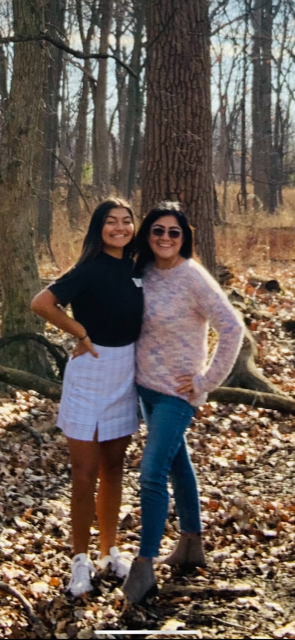

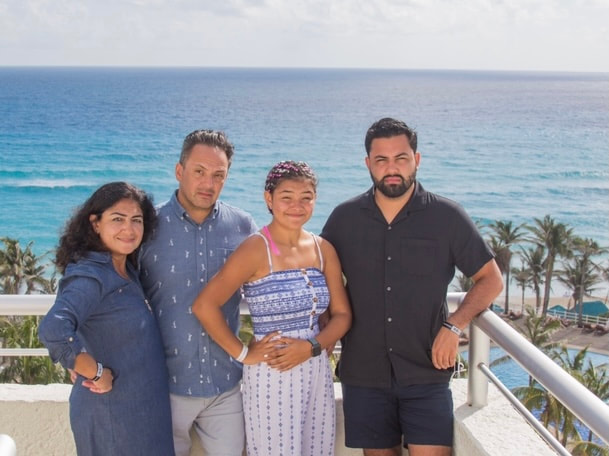
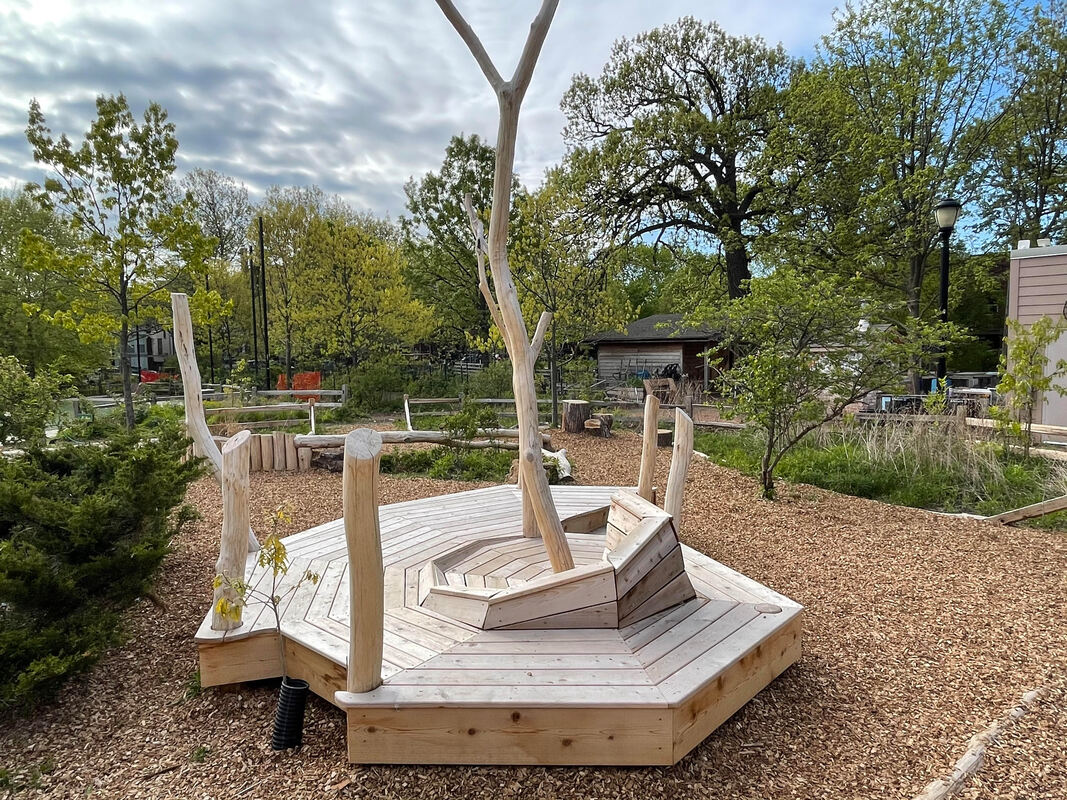
 RSS Feed
RSS Feed